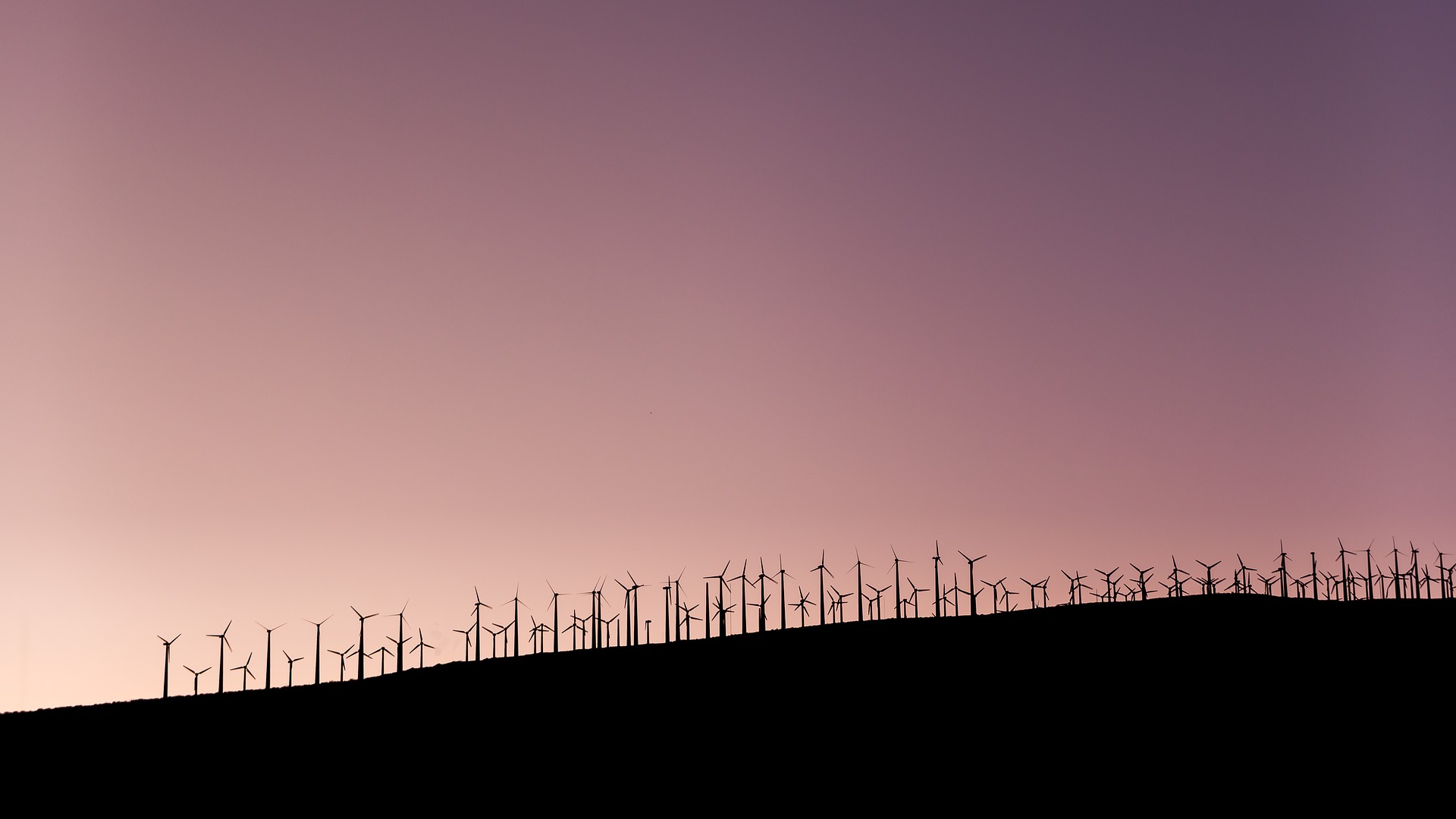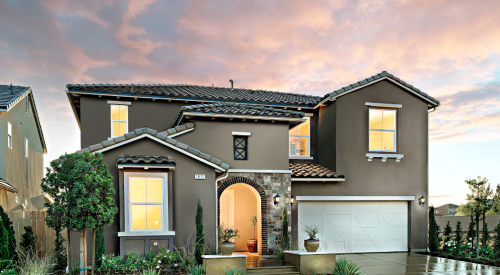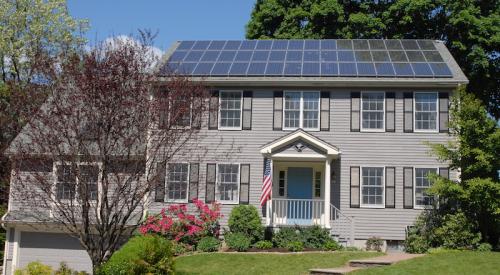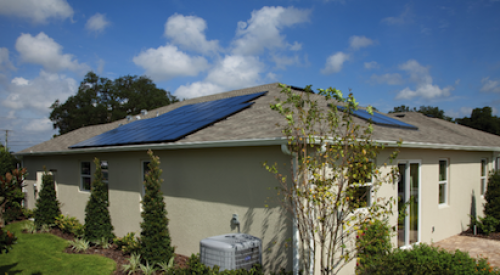After more than a year of meetings among the state’s public utilities and a host of other individuals and organizations and amidst the other turmoil that was happening in the housing industry in 2007, California adopted its Long-Term Energy Efficiency Strategic Plan requiring all new residential construction to meet zero net energy standards by 2020. Lauded by environmental and sustainability groups everywhere, it was an audacious goal, to be sure. But it was also met with fear, dismay, and, occasionally, anger by many builders in California and with relief by many builders who did not build homes in the state. Image: StockSnap via Pixabay
The angst that bubbled up from that original decision seemed to dissipate pretty quickly; 2020 was far away, after all, and there was plenty of time to get up to speed, and who knows, perhaps it wouldn’t happen after all. But now, in 2018, it is about to become reality. On May 9, while backing off slightly from requiring true zero net energy homes, the California Energy Commission voted unanimously to mandate that virtually all new single-family homes and multifamily residential buildings up to three stories must include solar-energy systems. It also adopted new standards that are expected to increase the energy efficiency of attics, walls, insulation, and windows—all by 2020. With that deadline now just 18 months away, are California’s builders ready for it?
For years, most zero net energy homes were custom projects built by small builders, but some large builders decided early on to get ahead of the mandate. Pulte Homes, for example, built a prototype home in Brentwood, Calif., to try to develop best practices and the most efficient path to more “effectively balance constructability, cost, and quality” of their zero net energy homes. Pardee Homes built its first home to net zero standards in 2003. At its new Weston master planned community in the San Diego area, Pardee now offers solar on every home. According to The Orange County Register, Meritage Homes has installed solar panels on about 10 percent of its homes over the past seven years, with 1 percent of those homes going all the way to net zero. Crediting economies of scale, the company says its zero net energy ready homes cost the same as standard construction.
Since KB Home’s first net zero demonstration home, the KB Home GreenHouse, was unveiled in Orlando in 2011, the company has built 11 more around the country, four of them in California. Its Double ZeroHouse 3.0, built in El Dorado Hills, Calif., in 2014, was designed to achieve net zero energy use with a whole-house system incorporating energy generation, storage, energy-efficient insulation, windows, appliances, lighting, and heating. During that same time period, more than 6,000, or 12 percent, of KB’s homes were equipped with solar panels, most of them in California. Jacob Atalla, VP of sustainability initiatives at KB Home, said in an article from the New Buildings Institute that they’ve cut construction costs for net zero homes in half and the time frame for building them by 7 percent, and that now, “We’re beyond building homes for R&D.”
Where do the rest of California’s builders stand in regard to net zero readiness? Pretty much all over the map, and some will have to catch up quickly. Mark LaLiberte, cofounder and president of building science firm Construction Instruction, says it can be done, though. LaLiberte will tell attendees how at Professional Builder’s Housing Giants Leadership Conference at Torrey Pines in October. His session, “Don’t Be Afraid of Net Zero,” will touch on net zero construction, how to involve your trades, and ensure customer satisfaction. His presentation won’t be just for California builders, however; the city of South Miami passed a similar measure in September of 2017 and there surely will be more legislation to come. As California Energy Commission member David Hochschild put it, “We will be the first state to adopt the ‘zero-net-electricity’ standard. We will not be the last.”













